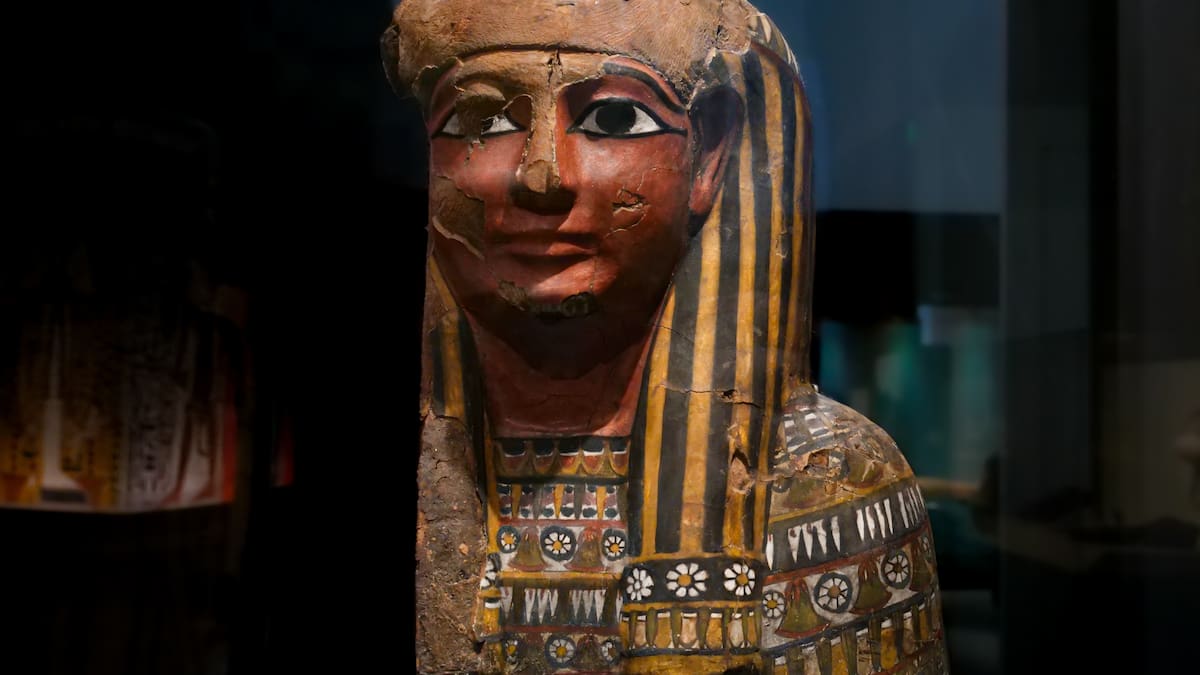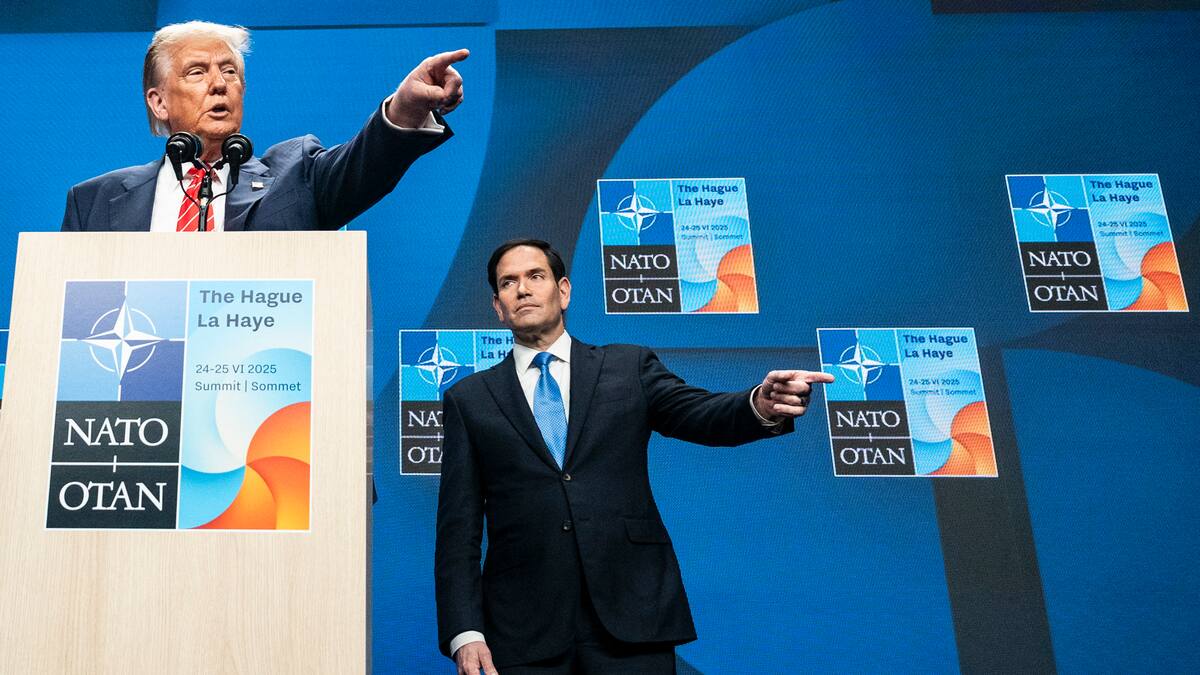Tenzin Gyatso is the 14th Dalai Lama.
He was born into a farming family in 1935 in what was then northeastern Tibet and is now Qinghai province in China.
He was recognised at age 2 as the reincarnation of the 13th Dalai Lama and afterwards began monastic training and Buddhist philosophical studies.
Chinese troops entered Tibet in 1950.
At age 16, the Dalai Lama became Tibet’s political leader, guiding the Tibetan people through the crisis.
In 1959, during the Tibetan uprising, the Dalai Lama left the country for India with many of his followers, and he has never returned.
He settled in the Himalayan town of Dharamsala and formed a government in exile.
In 1989, the Dalai Lama was awarded the Nobel Peace Prize. In 2011, he relinquished his political leadership role in the Tibetan government in exile but kept his position as spiritual leader.
In a book he published this year, the Dalai Lama describes how, after years of fruitless negotiations with Chinese leaders, he came to the decision that fighting for Tibetan independence was a lost cause.
Instead, he began advocating that Tibetans be given cultural autonomy within China, rather than full independence.
He acknowledged that his moderate stance infuriated some Tibetans who felt he had abandoned their hope for independence, and he conceded that his approach had largely failed to get results.
How will his successor be chosen?
Traditionally, the search for a Dalai Lama’s reincarnation, who becomes his successor, begins only upon the incumbent’s death and could take several years.
Tibetan Buddhist leaders say they follow ancient customs of parsing mystical visions, clues left by the previous Dalai Lama and astrology to help narrow their search.
Candidates are then tested to see if they show any traits that could be deemed especially holy.
The Dalai Lama has previously offered hints that he might diverge from the customs.
He has said that his successor will be born in a free country, indicating that the next Dalai Lama could come from among Tibetan exiles, who number about 140,000, half of them in India.
He has also said that his successor could be an adult, and not necessarily a man.
At times, he has even suggested that the institution of the Dalai Lama had served its purpose and did not necessarily need to be continued.
On Monday, he addressed the issue obliquely, telling a gathering that “there will be some kind of a framework within which we can talk about the continuation of the institution of the Dalai Lamas”.
Last night he said in a statement: “I am affirming that the institution of the Dalai Lama will continue”.
How will China try to control the succession?
China’s leaders claim that only the ruling Communist Party — an avowed atheist organisation — can name the next incarnation of the Dalai Lama.
By seeking to control Tibetan Buddhism’s leadership, China hopes it can all but erase the Dalai Lama’s influence in Tibet and any challenges to the party’s rule.
The Chinese Government has tried to resurrect a “golden urn” system — using a relic once employed by the Manchu emperors of the Qing dynasty to anoint Tibetan lamas — to further control successions.
Beijing has said that after a reincarnated lama is selected using the urn, the choice must be approved by the Chinese Government.
China already has a blueprint for inserting itself in Tibetan Buddhist successions.
When the 10th Panchen Lama, Tibet’s second-highest spiritual figure, died in 1989, the Dalai Lama named a 5-year-old herder’s son as the successor.
The boy and his family were kidnapped by China, and the boy — who has not been seen since — was replaced with a monk chosen by Beijing.
Last month, that monk met the Chinese leader, Xi Jinping, and pledged his allegiance to the Chinese Communist Party, state media reported.
This article originally appeared in The New York Times.
Written by: Mujib Mashal and Hari Kumar
©2025 THE NEW YORK TIMES





